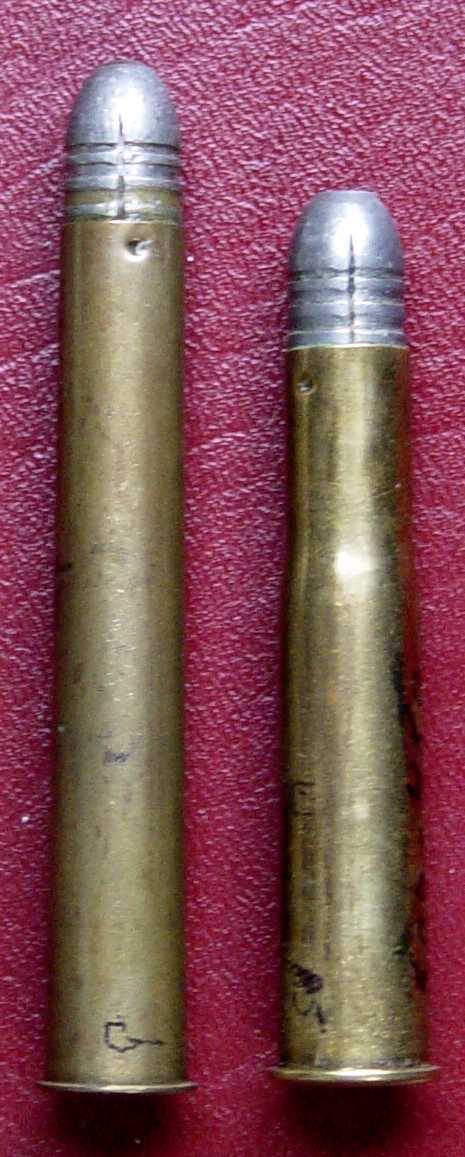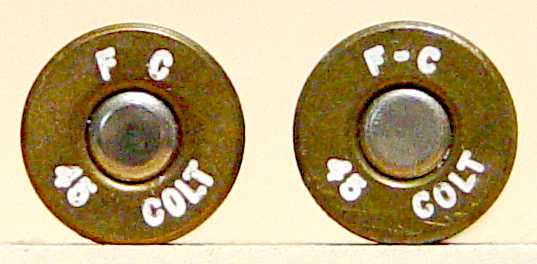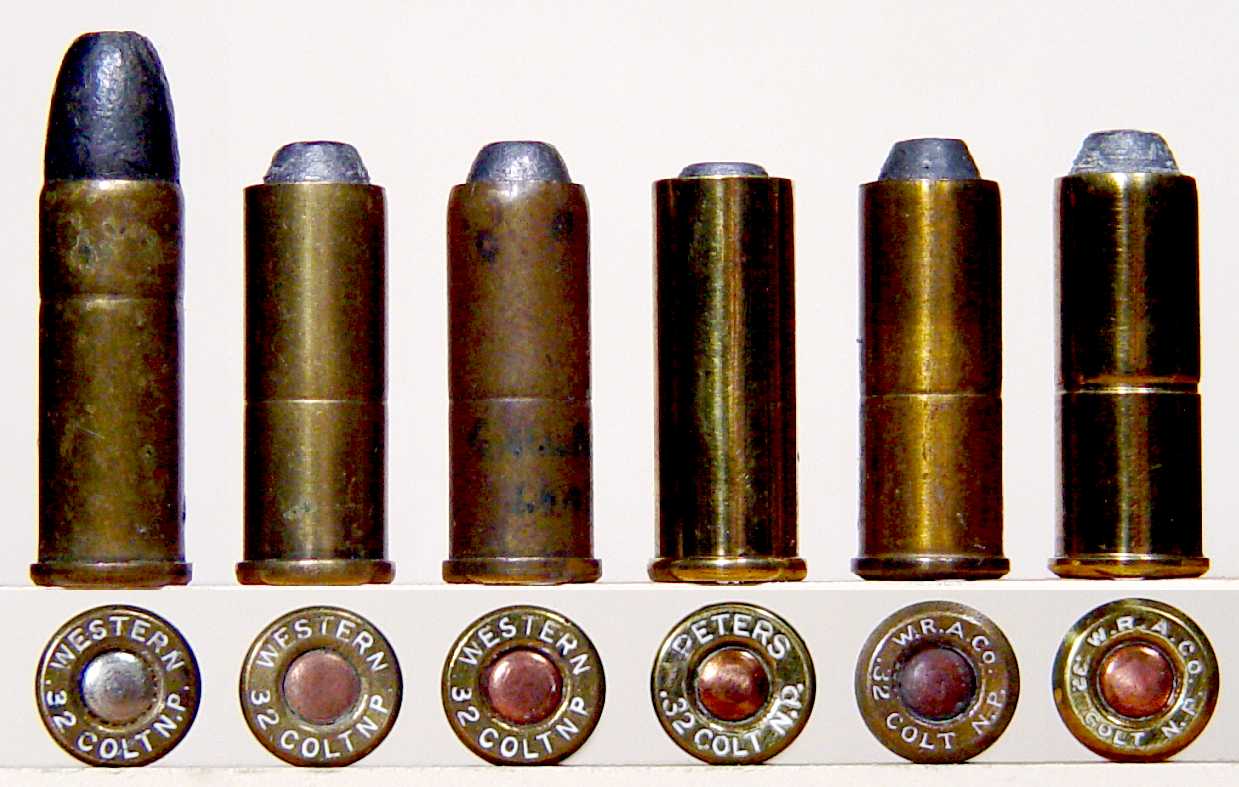| Contents
Home
General
Info
Ordering
Info
Contact us
Cartridge Lists
Patent
& Miscellaneous
Rim Fire
Center Fire Pistol
Center Fire Rifle
Metric Rimfire,
Pistol&Rifle
British Pistol and
Rifle
Shotgun
Shells
Cartridge
Boxes & Related
Posters
This Month's Picture
Page
Index to
Picture Pages
Prior Picture Pages:
* September
2003
* October
2003
* November
2003
* December
2003
* January
2004
* February
2004
* March
2004
* April
2004
* May 2004
* June 2004
* July
2004
* August
2004
* September
2004
* October
2004
* November
2004
* December
2004
* January
2005
* February
2005
* March
2005
* April
2005
* May
2005
*
June
2005
*
July
2005
*
August
2005
*
September
2005
*
October
2005
*
November
2005
*
December
2005
*
January
2006
*
February
2006
*
March
2006
*
April
2006
*May
2006
*June
2006
*July
2006
*August
2006
*September
2006
*October
2006
*November
2006
*December
2006
*January
2007
*February
2007
*March
2007
*April
2007
*May
2007
*June
2007
*July
2007
*August
2007
*September
2007
*October
2007
*November
2007
*December
2007
*January
2008
Links to Other Sites
Cartridge Collectors Organizations:
IAA
ECRA
SAAACA
Auctions:
Auction Arms
E-Bay
Ward's Collectibles
Sold USA
Books:
Armory
Publications
WCF Publications
Other Collector's Sites:
Curtis
Steinhauer
|
Home of the Old Ammo Guy's Virtual Cartridge Trading
Table
Featuring a wide range
of antique, obsolete, and modern ammunition for collectors
Picture
Page
February 2008
An oddly marked bullet or
two........
 The grooved lead bullets on these two cartridges that I recently
bought in a collection of British cartridges caught my attention because
of the single slightly angled lengthwise groove that each exhibits. The
one on the left is a .450-3 1/4" black powder express headstamped
HOLLAND . 450 . loaded with a copper tubed express bullet; on the
right is a .500/.450 No 1 Express by Eley with a wood pegged hollow point
bullet. I recalled seeing a cartridge with a similarly marked bullet
several years earlier, which I had assumed was reload with a damaged
bullet. Finding these two in different calibers with matching marks lead
me to believe the marks were not random, but had been applied to the
bullets with a purpose in mind. A quick look through George Hoyem's volume
3 of The History and Development of Small Arms Ammunition yielded two more
cartridges with these bullets, this one a .500-3 1/4" headstamped 'HOLLAND
& HOLLAND . '500 .' on page 64, and another on page 65, a .500-3 1/4"
loaded for Holland & Holland by Eley Brothers with the Eley headstamp.
Unfortunately, Hoyem makes no mention of the lengthwise marks in the text,
but does say that these lead bullets with the multiple lubricating grooves
on the exposed portion of the bullet were preferred by Holland &
Holland at one time. After posting a question on the International
Ammunition Association's cartridge collector discussion forum, which
resulted in a couple more of these bullets tuning up in other collections,
I was rewarded with what appears to be a probable purpose for the
lengthwise grooves in a response from Pete DeCoux. He says it is believed
that the purpose of the groove was to allow air to escape when these
heavily lubricated bullets were
seated in their cases. Sounds good to me. If anyone has ever seen anything
in print from Holland & Holland or from any other company regarding
the lengthwise bullet grooves, please let me know. The grooved lead bullets on these two cartridges that I recently
bought in a collection of British cartridges caught my attention because
of the single slightly angled lengthwise groove that each exhibits. The
one on the left is a .450-3 1/4" black powder express headstamped
HOLLAND . 450 . loaded with a copper tubed express bullet; on the
right is a .500/.450 No 1 Express by Eley with a wood pegged hollow point
bullet. I recalled seeing a cartridge with a similarly marked bullet
several years earlier, which I had assumed was reload with a damaged
bullet. Finding these two in different calibers with matching marks lead
me to believe the marks were not random, but had been applied to the
bullets with a purpose in mind. A quick look through George Hoyem's volume
3 of The History and Development of Small Arms Ammunition yielded two more
cartridges with these bullets, this one a .500-3 1/4" headstamped 'HOLLAND
& HOLLAND . '500 .' on page 64, and another on page 65, a .500-3 1/4"
loaded for Holland & Holland by Eley Brothers with the Eley headstamp.
Unfortunately, Hoyem makes no mention of the lengthwise marks in the text,
but does say that these lead bullets with the multiple lubricating grooves
on the exposed portion of the bullet were preferred by Holland &
Holland at one time. After posting a question on the International
Ammunition Association's cartridge collector discussion forum, which
resulted in a couple more of these bullets tuning up in other collections,
I was rewarded with what appears to be a probable purpose for the
lengthwise grooves in a response from Pete DeCoux. He says it is believed
that the purpose of the groove was to allow air to escape when these
heavily lubricated bullets were
seated in their cases. Sounds good to me. If anyone has ever seen anything
in print from Holland & Holland or from any other company regarding
the lengthwise bullet grooves, please let me know.
.
.
An uncommon headstamp......?????
 Here's one that surprised me. There was a discussion on the
International Ammunition Association Cartridge Forum recently regarding a
Federal Cartridge Company .45 Colt cartridge with a dash between the
'F' and 'C' in the headstamp. I don't pay much attention to the modern
headstamps, although my interpretation of 'modern' remains stuck around
the mid-1950s. Rummaging around in my 5 gallon reject (empty or damaged
cases, or too common to be of interest) bucket turned one of these up,
surprisingly, which I have pictured here next to the standard headstamp.
An opinion expressed on the forum was that the dash indicates that the
cartridge case was made by some other company for Federal, and that it was
quite rare. I'm clueless regarding this, so any information to support or
refute this opinion would be appreciated. Here's one that surprised me. There was a discussion on the
International Ammunition Association Cartridge Forum recently regarding a
Federal Cartridge Company .45 Colt cartridge with a dash between the
'F' and 'C' in the headstamp. I don't pay much attention to the modern
headstamps, although my interpretation of 'modern' remains stuck around
the mid-1950s. Rummaging around in my 5 gallon reject (empty or damaged
cases, or too common to be of interest) bucket turned one of these up,
surprisingly, which I have pictured here next to the standard headstamp.
An opinion expressed on the forum was that the dash indicates that the
cartridge case was made by some other company for Federal, and that it was
quite rare. I'm clueless regarding this, so any information to support or
refute this opinion would be appreciated.
.
.32 Colt New Police mid-range
cartridges....

The Smith & Wesson .32-44 and .38-44 target cartridges are the
usual American sporting pistol cartridges that come to mind when the topic
of factory loads with deep seated grooved lead bullets comes up. One not
often considered is the .32 Colt New Police mid range cartridge. In my
collection, I have examples that were produced by three companies,
including Winchester, Western and UMC, as seen in this picture. These will
also be found with the REM-UMC headstamp, as they were listed in a number
of their catalogs, but somehow I've managed not to find one. The low
cannelure is a sure indication that these are original loads, but, as can
be seen by the Peters example in the picture, not all can be counted on to
have the cannelure. I suspect this one without the cannelure is a black
powder or semi-smokless load. The two Western examples differ in their
mouths, one of which shows an pronounced taper crimp. The two WRA Co
examples have different cannelures, with the second being much deeper and
wider than the first, and with squared edges. Other cartridges that will
be found with deep seated grooved lead bullets include the .32 Merwin
& Hulbert long, the .38 Smith & Wesson Special, and the .44 Smith
& Wesson Russian.
.
.
. |
